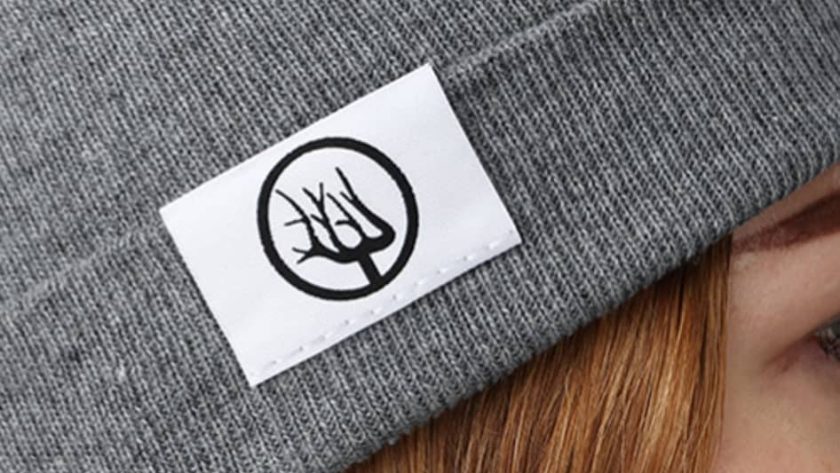The realm of design and fabric manipulation offers diverse techniques to translate patterns onto textiles, specifically via embroidery or weaving. In an effort to delve into the nuances of these methodologies, Aspinline, a company that makes customised products and an authority in this field, gave FashionUnited an insightful perspective.
Weaving employs two sets of yarns, warp and weft, interlaced at right angles on a loom to craft fabric. Embroidery, in contrast, involves stitching designs onto existing fabric, creating a raised effect.
Woven patches utilises a jacquard loom, weaving polyester or cotton threads into intricate patterns. They’re made from 100 percent polyester, allowing finer details. They are lightweight and flat, ideal for intricate designs.
Embroidered patches are stitched onto fabric using needles, threads, and specialised stitches, often with a visible border. Industrial embroidery machines have mechanised this process, offering tactile depth and a 3D finish using rayon thread.
Ultimately, the choice between woven and embroidered patches hinges on the desired effect. Woven excels in detail, while embroidered adds tactile dimension. Aspinline’s insights highlight the diverse potential each technique brings to textiles and design.



